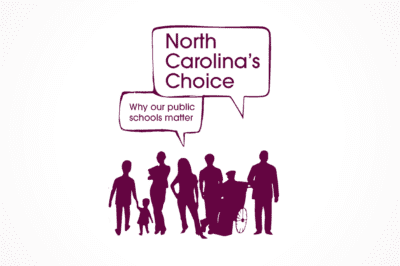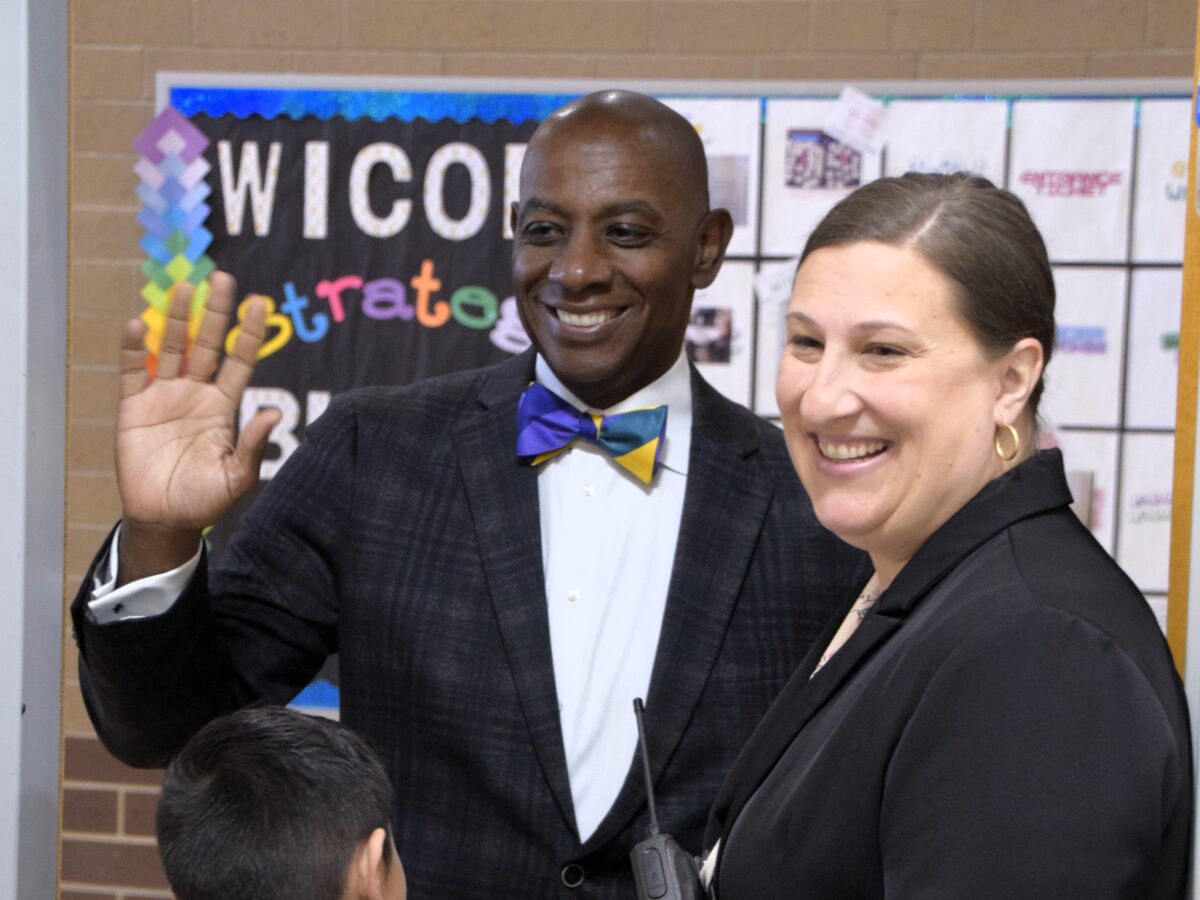
|
|
In North Carolina, annual state funding for public schools totaled $11.6 billion in 2023-24. Federal funding, not including COVID-19 relief funding, provided another $1.10 billion. Local appropriations and supplemental taxes brought in $3.58 billion.
That should count as big business.
The K-12 education industry includes our state’s Department of Public Instruction and our 115 school districts with 2,700 public schools (including charter schools) serving more than 1.5 million students and employing 188,273 full-time personnel.
In 54 of our 100 counties, the school district is the largest employer. Close to a decade ago, districts were the largest employer in 66 counties.
Sign up for the EdWeekly, a Friday roundup of the most important education news of the week.
They are the largest employer in urban counties like Guilford and Wake; in suburban counties like Cabarrus, Lincoln, and Union around Charlotte, and Chatham and Johnston around Raleigh; and in many rural counties from way out west in Cherokee to the outer banks in Dare.
In 52 of our 100 counties, school districts employ more than 1,000 workers.
In Charlotte, the school district employs more workers than Bank of America; in Wake, more workers than SAS; and in Cabarrus, more workers than Amazon, FedEx, or Corning.
In a small, rural county like Jones, the school district is the largest employer with under 200 employees. The county government is the second largest employer. There are two employers with between 50-99 employees, and all of the rest of the county’s top 25 employers employ fewer than 50 people.
Our school districts are a source of jobs — lots of jobs. And they are good jobs, in terms of stability, benefits, and career progression.
“People don’t think about the school system as a business,” says Scott Elliott, the former superintendent of Watauga County Schools. “But the financial impact of a school system ripples throughout the local economy because of all of the types of workers we employ.”
School districts employ educators — from teaching assistants to teachers to principals to central office leaders — but they also employ janitors and mechanics, bus drivers and nutritionists, speech pathologists and school nurses, electricians and plumbers, accountants and technicians, and more.
It’s an educated workforce. It’s a workforce with a diverse skill set. Both attract other businesses to the community.
More K-12 news
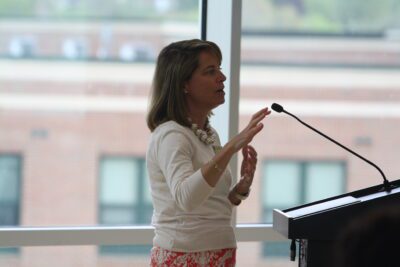
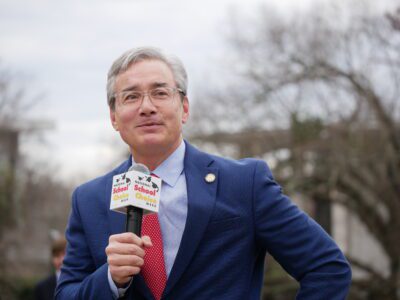
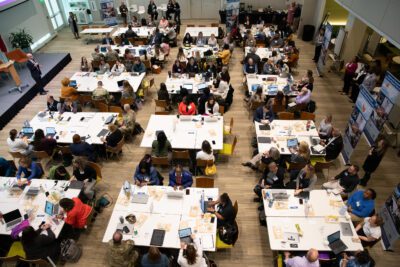
Elliott points also to the purchasing power of districts.
Statewide, in 2021-22, purchased services totaled $295,805,673 and supplies and materials cost $285,354,792.
Elliott says his school district was a “$60 million a year business, 97% of which is spent on operations, including salaries, goods, and services necessary to operate the schools. Much of that money is held in accounts with local banks.”
“We buy a lot of power,” says Elliot, “but we also buy a lot of light bulbs.”
“There are businesses in this community whose livelihood is to supply all the different items we need to operate our schools,” he continues.
“We invest our resources in our community’s small businesses,” he adds, “but it is good for us, too.” He says districts get better customer service and a higher quality product when they are ordering from a business with which they have a relationship.
“Often,” he says, “the local business owner will have a child in our schools or they may have attended our schools or they employ our high school students or they employ a teacher’s spouse. We are all connected.”
Elliott would know. In addition to serving as superintendent, he also served as the chair of the board of directors of the local chamber of commerce.
“Education is an industry,” says Elliott, noting the combined power in some counties of a university and a community college and a district. “We are a force — an influential force.”
When economists calculate the economic impact of public schools, they look at the number of people directly employed by the state department of education and the school districts. They look at the purchasing of goods and services by the state department of education and the school districts as well as the personal spending of those employed. Both lead to the creation of additional jobs. Then they look at the income generated for those workers, and they look at the taxes — income, sales, and property taxes, for example — that are paid by those employed in the industry.
Additionally, the spillover effects of investing in public schools are well documented, from less unemployment and reduced dependence on public assistance to reduced crime and increased health outcomes to greater political and civic engagement.
Within districts, superintendents serve as the CEOs of the education industry.
“The school superintendent is the symbolic representation of the school system,” says Elliott. “That person’s ability to work within the political constructs and understand culture, human resources, and systems within the community really shapes how the public views the schools.”
It is a job with long hours and broad responsibility requiring a large toolkit of skills.
Superintendents serve six constituencies: students, parents, educators, their school boards who hire and fire them, their county commissions who fund them locally, and the public who entrusts taxpayer dollars to the public education enterprise.
With annual operations that can be in the billions, they have to know how to manage assets and cash flow, building up fund balances which operate like savings accounts and raising money for foundations.
They have to understand strategic staffing.
They have to know how to build schools. Between 2023-29, the Wake County Public School System anticipates renovating 10 schools and building 11 new schools, costing $2.63 billion. A new school can cost more than $100 million.
Superintendents have to understand how all kids learn so they can ensure instructional practices employed in classrooms and schools serving very different populations of students are deployed with fidelity.
They have to be able to lead on the good days but also on the worst of days, when there is a student suicide or school shooting.
They serve for salaries that don’t come close to the salaries of CEOs in private companies of similar size.
And increasingly, it is a job that comes with little respite, as email, text messaging, and social media have changed our norms around communication, and access is now expected 24 hours a day, seven days a week, 365 days a year. Couple that with the pandemic and the polarized, politicized world we live in, and it is no surprise that North Carolina started the 2023-24 school year with 30 superintendents in transition.
Superintendents worry about the expansion of school choice, the impact on our communities, and the role of public education in our democracy.
“Our public schools in this nation and certainly in North Carolina are the bedrock of a democracy, of a vision for our citizens — all of our citizens — and that is a position to be respected and supported,” says Catty Moore, the former superintendent of the Wake County Public School System.
They also worry about the partisan nature of school board elections, how culture wars are finding their way into our classrooms, equity and how to serve all students better, the influence of social media on the public’s perception of our public schools, inadequate school funding, and the educator pipeline.
Elliott sees the role of superintendent as “the connective tissue” in communities, bridging the district, elected, business, and faith leaders.
At a convocation ahead of the 2022-23 school year, Elliott stood in front of his teachers, asking them to focus on teaching in the classroom, promising that he would take on the outside world.
First he reminded them that these polarized, politicized times are not new.
“All the noise that seems to be all around us about what happens in our schools — what should be taught about our history, whose perspectives get to be shared, and even the fundamental purpose of education — none of that is new. And, it’s not going away. Why? Because what we do is really, really important. Schools have always been at the crossroads of cultural and political change. Reconstruction, desegregation, the inclusion of children with disabilities, the space race, A Nation at Risk. We’ve been here before.”
And then he offered his promise.
“We will not let other people with other agendas attack you, we will not let them disrespect you, and we will not let anyone threaten you or tell you that you are not worthy of this profession.
You matter. You are seen. You are loved.”
A.J. Crabill is an expert in school board governance and consultant to the Charlotte Mecklenburg Schools.
In a brief released by Chiefs for Change, a bipartisan network of state and district education chiefs, Crabill said,
“What matters most is that superintendents be deeply invested in creating school systems that have their strength of alignment in improving student outcomes, rather than their strength of alignment with attending to adult inputs.
Superintendents must be obsessed with improving the quality of instruction that students are experiencing every day. It’s not an either/or. You have to do both. The question is: which is leading, and which is following? It has to be that student outcomes are leading and adult inputs are following.”
When Elliott came to Watauga County, it wasn’t under ideal circumstances. The previous superintendent didn’t last a year, and the community was in a fight over book bans that fractured the community. He wondered whether the district could heal and come back together.
Elliott learned superintendents can connect the communities they serve.
In the High Country, he says, there is a collective appreciation for the outdoors. He also discovered a quieter, but deeper value in being a closely connected community built around family and tradition.
“I have been able to use those metaphors and that framework to talk about how the community is like an ecosystem, and how the school system holds our community together, and that it has to remain healthy and well balanced,” Elliott says.
Echoing Crabill, Elliott continues, “But we have to deliver. We have to really provide them with a quality school system.”
In this era of school choice, in this time when it is easy for people to move wherever they want, Elliott stresses:
“We need to be the best place a child can get an education in North Carolina.”
EdNC has published a book titled “North Carolina’s Choice: Why our public schools matter.”
Here is a PDF of the book that is free. A printed copy can be ordered here.
Recommended reading
